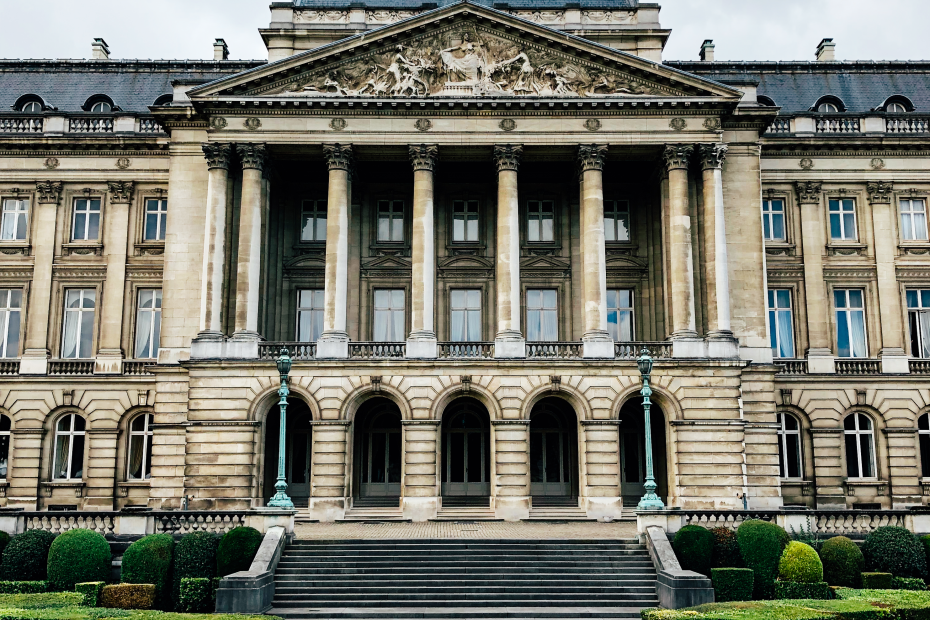Many visitors to Belgium spend most of their time exploring popular cities like Brussels, Bruges, Ghent, and Antwerp. While these destinations offer incredible history, architecture, and culture, there is much more to discover beyond the urban centers. Belgium’s countryside and coastline provide enchanting escapes to natural beauty, outdoor adventures, medieval villages, and local culinary delights.
Belgium’s Diverse Landscapes
Belgium may be a small country, but its landscapes are diverse. Along with farmland, there are rolling green hills, dense forests, glistening lakes and rivers, and an attractive coastline. Each region has its own unique charm and sights to behold.
The Ardennes Forest and Hills
The hilly, wooded Ardennes region covers Belgium’s southeast corner bordering Germany and Luxembourg. Outdoor enthusiasts can hike trails through tranquil forests and kayak on meandering rivers. Quaint villages like La Roche-en-Ardenne and Bouillon add old-world character with architectural gems.
Quaint Towns and Villages
From the western Pays de Herve to Flanders Fields farther north, Belgium’s countryside is dotted with storybook towns and villages. Meander along cobblestone lanes and discover historic buildings like castles, windmills, churches, and belfries. Stop at a cafe on a lively market square to do some people watching.
Outdoor Activities
Whether you like hiking, biking, boating, or just strolling in nature, Belgium’s great outdoors offers plenty to do. Rent a bike and cycle through the Dutch-influenced landscapes. Hike in Hoge Kempen National Park’s pine and heathland forests. Go kayaking or canoeing on the Meuse River as it winds past dramatic cliffs and hills.
Canals and Waterways
Belgium has nearly 1,500 miles of navigable waterways. Take a cruise or rent a canal boat to explore these tranquil routes lined with leafy trees. Historic canal-side towns like Bruges and Ghent provide the perfect stops to soak in Flemish architecture and culture.
The Belgian Coast
Belgium’s 30 miles of coastline may be short, but the beach resorts here make ideal escapes from city sightseeing. Oostduinkerke is known for its pristine beaches, dune landscapes, and horseback rides. The trendy town of Knokke-Heist offers beachgoing with upscale shopping and dining.
Medieval Architecture
As you journey through Belgium’s countryside, be sure to admire the striking medieval castles, fortified farmhouses, abbeys, and churches. Marvel at the towering 12th-century Gravensteen Castle in Ghent and the ornate Gothic cathedral in Tournai. Even small country villages reveal architectural treasures.
Local Food and Drink
Belgium is renowned for its culinary traditions. Savor hearty dishes like carbonade flamande beef stew, as well as local beers, pralines, waffles, and chocolate. Flanders is an up-and-coming wine region, so sample some reds and whites too. Visit open-air markets, cafes, and breweries in rural areas and small towns.
Getting Around the Countryside
While a car allows the most flexibility, public transportation can also get you to many villages and natural areas. Trains connect most major cities and towns conveniently. Buses and ferries provide services between more rural destinations. Another option is booking an organized day tour from a city to key countryside attractions.
Enchanting Accommodations
For a true countryside experience, stay in a bed and breakfast, farmhouse, or boutique hotel away from the bustling cities. These lodgings let you wake up to garden views and gain insight into Belgian life. Consider a canal boat hotel for intimate views of the waterways.
Unique Souvenirs to Bring Home
Chocolate and beer make classic edible souvenirs, but the countryside offers other finds too. Browse antiques, handmade lace, ceramics, and artworks from local artisans and designers. Get your fill of waffles and frites to savor later.
Safety Tips for Travelers
While generally safe, it’s wise to take some basic precautions, especially when visiting rural areas:
– Use ATMs with caution and don’t carry large amounts of cash.
– Keep valuables concealed and don’t leave bags unattended.
– If renting a car, don’t leave anything visible inside when parked.
– Avoid walking alone at night in isolated areas.
– Be vigilant in cities, train stations, and crowded tourist sites.
Conclusion
Beyond the cosmopolitan allure of Belgium’s cities, an enchanting country landscape just waiting to be discovered. From the history-filled villages of Flanders to outdoor adventures in the Ardennes forests and the picturesque coastline, Belgium’s countryside offers natural beauty, engaging culture, and memorable local flavors for travelers. Wandering the backroads and charismatic small towns provides an intimate look into Belgian life.
FAQs
– What is Belgium known for in terms of cuisine?
Belgium is renowned for dishes like moules-frites (mussels and fries), waffles, chocolate, and beers such as Trappist ales and lambics. The countryside offers opportunities to try local specialties.
– What languages are spoken in Belgium?
The official languages are Dutch, French, and German. Many Belgians also speak English well, especially in the hospitality industry. Learning a few key phrases in the local language can be helpful.
– How easy is it to get around the Belgian countryside without a car?
Fairly easy! Trains connect most towns efficiently and buses serve rural areas. Cycling is also very popular. Organized day trips from cities are a convenient option too.
– What is the weather typically like in Belgium?
Belgium has a temperate maritime climate, with cool winters, mild summers, and rainfall year-round. Travelers should be prepared for changeable weather by packing layers and rain gear.
– Are credit cards widely accepted for purchases in Belgium?
Yes, credit cards are commonly accepted at shops, restaurants, hotels, and other businesses, especially Visa and Mastercard. However, some small businesses may only accept cash.
